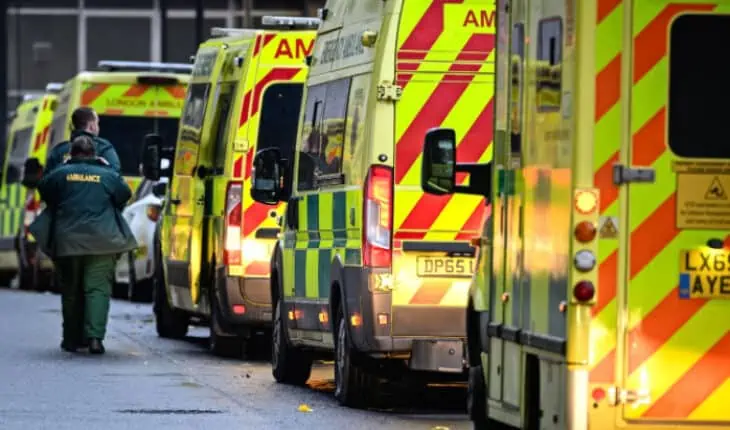Responding to the latest Emergency Department performance figures published by NHS England for December 2022, Dr Adrian Boyle, President of the Royal College of Emergency Medicine, said:
“December’s performance figures are truly shocking, more than 50% of all patients facing waits over four-hours and nearly 55,000 patients facing 12-hour waits from the decision to admit. 12-hour waits from decision to admit obfuscate the truth and are only the tip of the iceberg, we know the reality is far worse. We know that the scale of long-waiting times for Emergency Care is causing harm to patients and is associated with patient deaths.
“We had a constructive meeting with the government on Saturday and have welcomed the promise of investment in social care. It is imperative that we improve flow throughout our hospitals and reduce exit block. This can only be achieved by discharging patients in a timely way. We welcome NHS England’s efforts to free up the 13,000 beds taken up by patients who are medically fit for discharge each day and the government’s plan to buy extra care home beds. We also welcome the money to help hospitals to reduce ambulance hand over delays, but this must spent wisely, building tents and horse box like ambulance receiving units outside Emergency Departments is the wrong intervention. Improved capacity after assessment in Emergency Departments has been evaluated and proved to be safer and better.
“However, while there is a willingness to listen by our political leaders, there must be greater action to show that they are hearing the pleas of the NHS. How far does Emergency Department performance need to fall for this to lead to meaningful action?
“NHS England are right to highlight the efforts of our hardworking, skilled and empathetic health workers, but it is wrong to expect them to continue to burn themselves out and stretch themselves through goodwill, adrenaline and empathy alone. These conditions are building up to a serious retention crisis, where it is possible that we will see an exodus of staff who can no longer cope. This must be and can be prevented, we cannot lose our highly competent, highly trained excellent staff. We want to keep them in their roles in Emergency Care and the wider health service, but they need to feel valued, supported and heard.
“This crisis was foreseeable. The target of seeing 95% of patients within four-hours at Type 1 Emergency Departments has not been met since June 2013. A decade of underfunding, under-resourcing, and a failure to fulfil workforce pledges or commit to long-term workforce planning that tackled the retention crisis has led us to a broken system that does not perform its central function.
“These problems are fixable. Short term action to mitigate the immediate crisis is a start, but we need long-term sustained political will, engagement, and investment in the health and social care service to tackle the root of these problems – and crucially, we need honest language about the depth of this crisis. We have no more time for inaction and unfulfilled promises.”
- Combination of drugs could prevent thousands of heart attacks - 21st April 2025
- UQ Study Links Poor Teen Diets to Heavy Social Media Use - 21st April 2025
- Gut microbiome could delay onset of type 1 diabetes - 3rd April 2025






